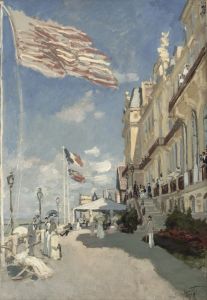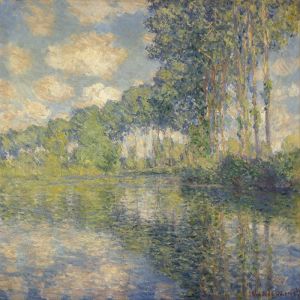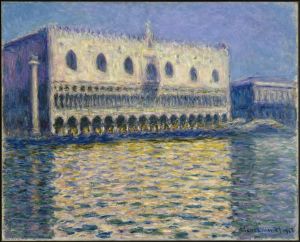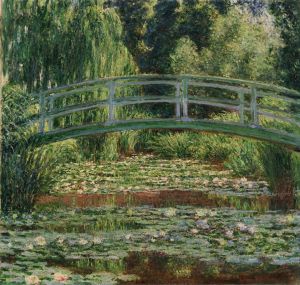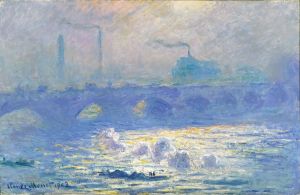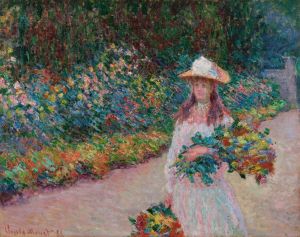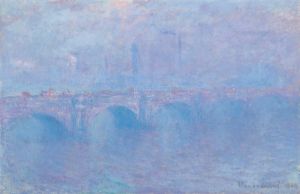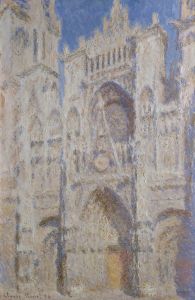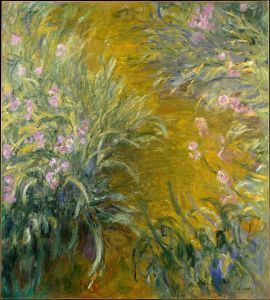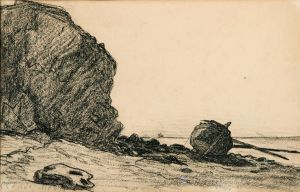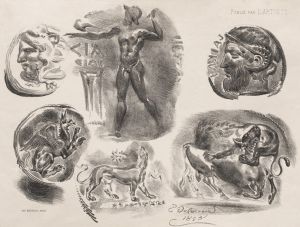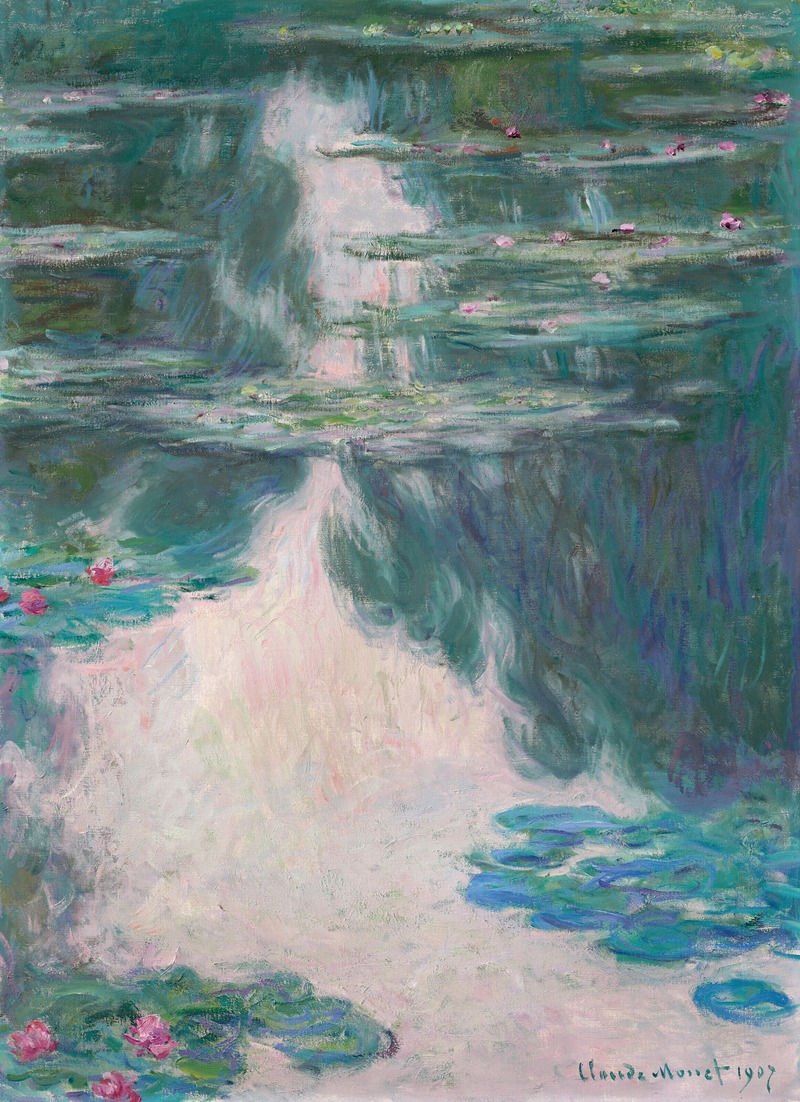
Nymphéas, temps gris
A hand-painted replica of Claude Monet’s masterpiece Nymphéas, temps gris, meticulously crafted by professional artists to capture the true essence of the original. Each piece is created with museum-quality canvas and rare mineral pigments, carefully painted by experienced artists with delicate brushstrokes and rich, layered colors to perfectly recreate the texture of the original artwork. Unlike machine-printed reproductions, this hand-painted version brings the painting to life, infused with the artist’s emotions and skill in every stroke. Whether for personal collection or home decoration, it instantly elevates the artistic atmosphere of any space.
Claude Monet's Nymphéas, temps gris (translated as Water Lilies, Gray Weather) is one of the many works from the celebrated Water Lilies series, which Monet painted during the later years of his life. This particular painting exemplifies Monet's dedication to capturing the interplay of light, water, and vegetation in his garden at Giverny, France. The Water Lilies series is widely regarded as one of the most significant achievements in Impressionist art, showcasing Monet's mastery of color, texture, and atmosphere.
Monet began focusing on the theme of water lilies in the late 1890s, inspired by the pond in his garden, which he had designed and cultivated himself. By the early 20th century, the water lily pond had become the central subject of his artistic output. Nymphéas, temps gris reflects Monet's interest in portraying the subtle variations of light and weather conditions, as suggested by the title, which refers to "gray weather." The muted tones and soft brushstrokes in this painting evoke a tranquil and introspective mood, emphasizing the reflective surface of the water and the delicate interplay of light and shadow.
The painting is part of Monet's exploration of abstraction and his departure from traditional compositional structures. By eliminating the horizon line and focusing solely on the surface of the water, Monet created a sense of infinite space and dissolved the boundaries between sky and earth. This approach was innovative for its time and influenced later movements in modern art, including Abstract Expressionism.
Monet's Water Lilies series, including Nymphéas, temps gris, was painted during a period of personal and professional challenges. He faced declining eyesight due to cataracts, which affected his perception of color and detail. Despite these difficulties, Monet continued to work tirelessly, producing some of his most iconic and experimental works during this time.
The exact date of creation for Nymphéas, temps gris is not definitively documented, but it is generally attributed to the early 20th century, likely between 1900 and 1917, when Monet was most actively engaged with the Water Lilies series. The painting is held in a private collection or museum, though its current location is not specified in publicly available records.
Monet's Water Lilies series has been celebrated for its profound impact on the art world, and Nymphéas, temps gris is a testament to his enduring legacy as a pioneer of Impressionism and a visionary artist.





